 |
 |
 |
 |
 |
 |
 |
 |
 |
 |
Seismic stations |
 |
 |
 |
|
 |
PS18 primary seismic station (Tahiti - French Polynesia) of the CTBTO (Comprehensive Test-Ban Treaty Organization)
The CTBTO International Monitoring System (IMS) comprises, among others, 50 primary seismic stations providing real-time continuous transmission of recordings, including the PS18 station in Tahiti, and 120 secondary seismic stations that can be remotely monitored, including the AS32 station in New Caledonia.
The PS18 station monitors all underground explosions, and contributes to overall seismicity monitoring in the South Pacific. The high seismicity levels recorded in the Tonga-Kermadec region and those around the Pacific Ocean are also monitored by this station.
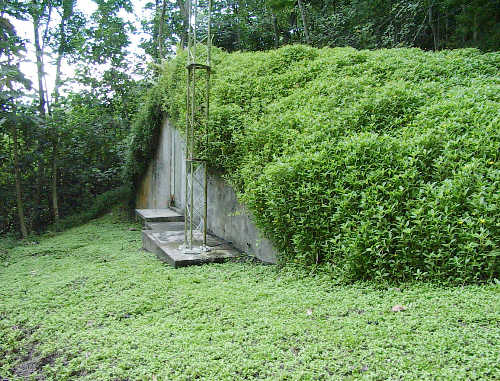
 |
PS18 seismic station (PPT - Tahiti). |
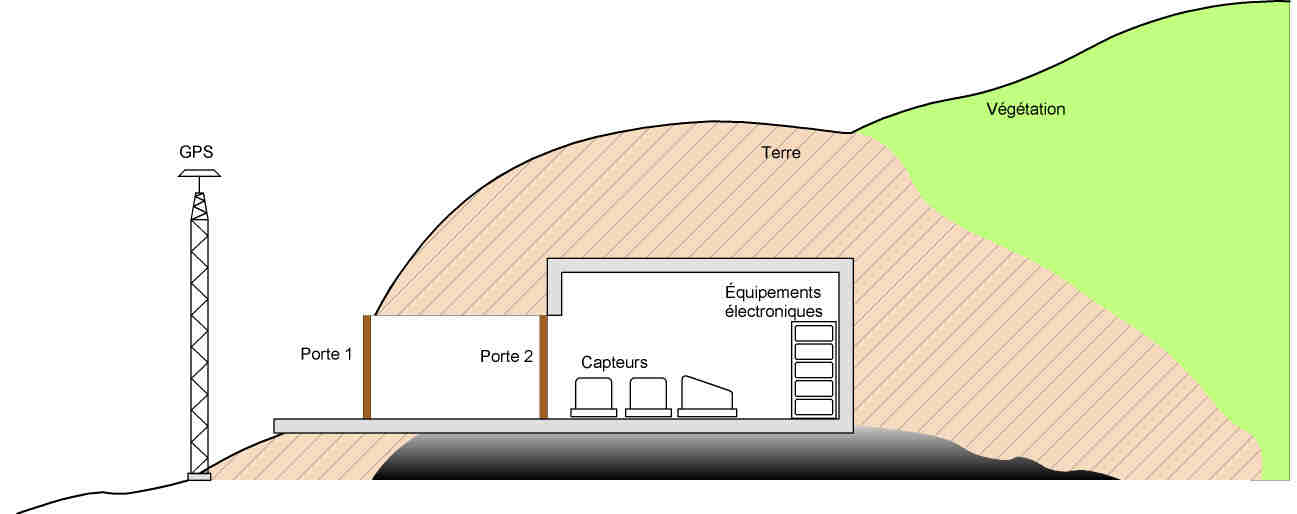
 |
PS18 seismic vault section. |
This station is running since 1962. The facility complies with the CTBT requirements of April 1998. CTBTO (Comprehensive Test-Ban Treaty Organization) certification was awarded in September 2001.
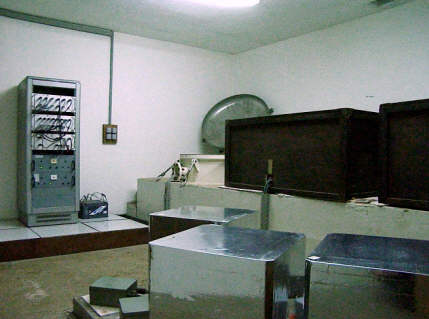
 |
Inside the seismic vault. |
The PS18 station is equipped with 6 high-sensitivity seismometers including:
 |

 |
one ZM 500 short-period seismometer (vertical sensor), |
 |

 |
two HM 500 short-period seismometers (east/west and north/south sensors). |
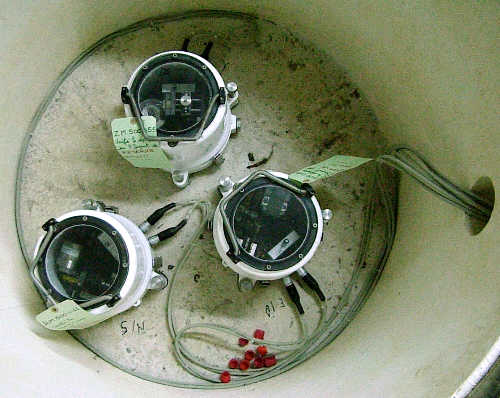
 |
Inside the short-period seismometer chamber. |
Short-period seismometers record seismicity in the Tahiti region and the body waves of earthquakes and eventual nuclear explosions located in the South Pacific up to several thousand of kilometers.
 |

 |
One LPZA-12s long-period seismometer (vertical sensor), |
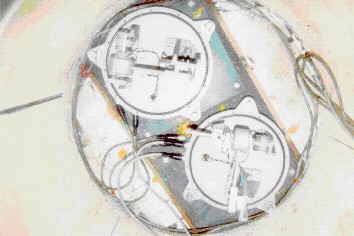
 |
Inside a horizontal long-period seismometer chamber. |
 |

 |
Two LPHA-12s long-period seismometers (east/west and north/south sensors). |
Long-period seismometers record surface waves produced by earthquakes or explosions, and long-period (2-50s) body waves produced by strong earthquakes.
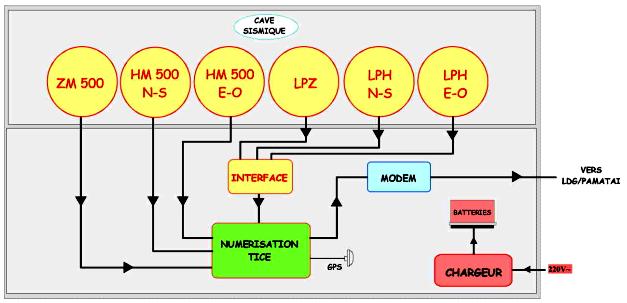
 |
PS18 station layout. |
|
 |
|
 |
Acquisition
Signals from short-period seismometers are recorded at a sampling rate of 50 samples per second. Signals from long-period seismometers are recorded at 4 samples per second. All channels are then 24-bit digitized and dated by a universal time clock periodically synchronized by GPS to ensure a 100µs precision.
Transmission
Digitized signals are sent continuously by the international Frame-realy Network to the French National Data Centre, located at the CEA / DAM Ile de France (Bruyères-le-Châtel) centre, and to the CTBTO International Data Centre in Vienna. |
|
|